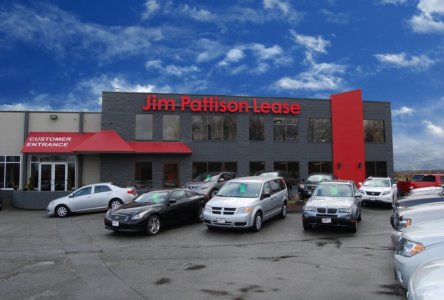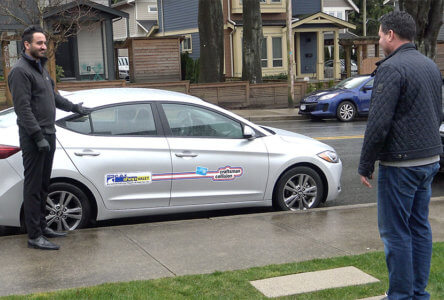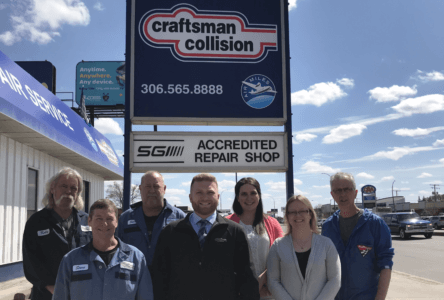In finding a collision repair shop you shouldn’t have to, ahem, scratch too far beneath the surface to tell if you’re dealing with a quality collision repair shop – but you do have to ask questions and shop around, experts say.
“You can tell a lot by just going to the shop,” said Marc Brazeau, president of the Automotive Industries Association of Canada. “If you walk into a shop and it’s filthy and there are parts and junk lying around – and that does happen – well, a red flag should go up, to put it lightly.”
A good shop should be clean and well-organized, with modern equipment and a professional staff, according to Brazeau. In addition, “[are they]giving you a clear, detailed written estimate or is it verbal?
“It should be written,” he said. “All the good shops work off a standardized estimator system that’s tied back to the insurance companies.”
It’s a good idea to shop around. Get written estimates from at least three different shops in order to find the best price, and make a decision based on what you’re getting for your money.
“You want to ask specific questions,” Brazeau said. “What kind of paint and parts are they using? What kind of warranty are they going to provide on the work and the paint?”
Insurance companies require a lifetime warranty (for as long as you own the vehicle) on paint and body repairs. If you’re not going through insurance, though, shops might not automatically give you a lifetime warranty. You have to ask for it, and get it in writing.
“You also need to get a sense of whether or nor they’re reputable and how long they’ve been in business,” Brazeau said. “When people are looking for a mechanic, I say they should ask for recommendations from everyone they know.
“But that’s harder with collision repair, because most people don’t need it all that often.”
Ask the shop for references from other customers, look the shop up online and check with the Better Business Bureau, he recommends; but of course, the best way to judge a decent shop is by the quality of their work.
Ask to see finished vehicles – it should be impossible to tell the difference between the part that was repaired and the rest of the vehicle.
Reference books like Deanna Sclar’s Auto Repair for Dummies give good suggestions on what to look for. Make sure that there are no ripples or bumps. Unpainted parts like trim, chrome, door handles and locks should have been removed before painting – they shouldn’t be splattered with paint.
Ask about things you can’t see. If the paint and the galvanized zinc layer were stripped, have they treated the steel so it won’t rust?
Unfortunately, there’s not a single Canada-wide certification system for collision repair facilities.
“There are different programs around the country,” said John Norris, executive director of Collision Industry Information Assistance. “Ask the shop what their certifications are. They should be displayed.”
In B.C., Saskatchewan and Manitoba, the provincial insurance plans give ratings to shops. Top-rated shops usually have the proper equipment and the latest training – and that generally means they charge more for labour.
In the rest of Canada, private insurance companies also inspect the shops they use. It’s a good idea to ask shops if they’re accredited by the major insurance companies.
“Don’t be afraid to ask questions,” Brazeau said. “If you don’t feel like you’re getting the right answers, then go somewhere else.”
Written by: Jason Tchir, Globe and Mail – April 3, 2012
If you have any driving queries for Jason, send him a message at globedrive@globeandmail.com or contact him through Twitter: @JasonTchir









